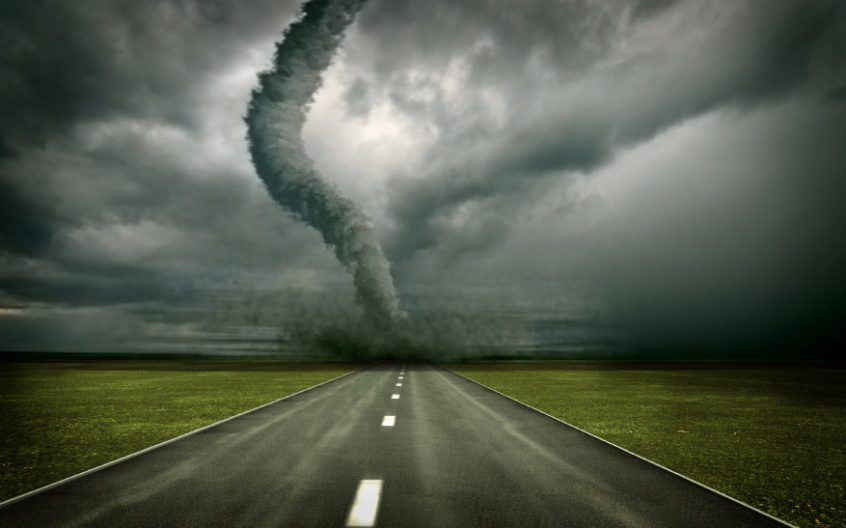Spring is here, and with it, thunderstorms, lightening and tornadoes, especially in the Kansas and Missouri communities where many of our patients reside.
Though we all accept spring and summer storms as a fact of life and have come to rely on weather alerts that sound warnings on our televisions, radios and phones, for some who has hearing difficulties, these alerts may not be enough to notify the listener to take life-saving cover.
If you or someone you care for has difficulties hearing, the National Weather Service (NWS) has taken extra efforts to ensure their warnings and alerts can be received and the proper preparations undertaken.
Apps Can Alert You
If you wear hearing aids that are connected to your cell phone via Bluetooth, you might download your favorite weather app, such as the NOAA weather radar app. You can set the app to stream verbal alerts directly to your hearing aids, which is a great feature when you’re awake.
NOAA All-Hazards Radio
Unfortunately, many weather emergencies occur after we turn our phones and televisions off, and take our hearing aids off. That’s when NOAA all-hazards radios can be life-savers. They receive NWS warnings, watches, forecasts and other hazard information 24 hours a day.
While primarily an auditory alert system, many off-the-shelf all-hazards radios are available with visual and vibrating alarm features and simple text readouts for use by the deaf or individuals who have problems hearing. Special adaptors also can be added to some models of all-hazards radios by certain vendors. These adaptors can include colorized warning lights to indicate the level of alert (statement, watch, warning) and a liquid crystal display readout of specific warnings.
All-hazards radios are programmable for state/country selections that screen out alerts from other areas and can be battery-operated and are portable for use anywhere.
There are several off-the-shelf radios available from many manufacturers. With visual and vibrating alarms and simple text readouts. Other features to help alert individuals with hearing difficulties include:
- Three warning lights to indicate the level of the alert (statement, watch or warning).
- Liquid crystal display readout to indicate specific types of warning such as “Tornado Warning” or “Thunderstorm Warning.”
- Programmable state/county selections screen out statements, watches and warnings for other areas.
- In some cases, if you have a home security system, you can connect the NWR receiver to your existing alerting system, much the same as a doorbell, smoke detector or other sensor.
The NWR also offers non-verbal information imbedded in its broadcasts to provide timely, critical warnings regarding life-threatening events for those with hearing difficulties. Some receivers are equipped with special output connectors that activate alerting devices such as vibrators, bed shakers, pillow vibrators, strobe lights and other alerting systems.
According to the NWS, ready-to-use systems are marketed by Silent Call and Diglo, formerly Harris Communications. The cost of a basic NWR SAME receiver is $50 to $80. Systems packaged with external alarm devices start at $100.
NWR SAME receivers with features useful to the deaf or those with difficulties hearing, such as an output to activate external devices, an LCD display, and battery back-up power are manufactured and/or sold by several companies, including Radio Shack, Midland, Uniden, and First Alert.
For more information, visit the National Weather Service website at www.weather.gov, and search for special needs once on the site. You also may contact:
- Harris Communications – 800-825-6758 – www.diglo.com
- Silent Call – 800-572-5227
- Teltex Assistive Technology – 888-515-8120 – www.teltex.com



